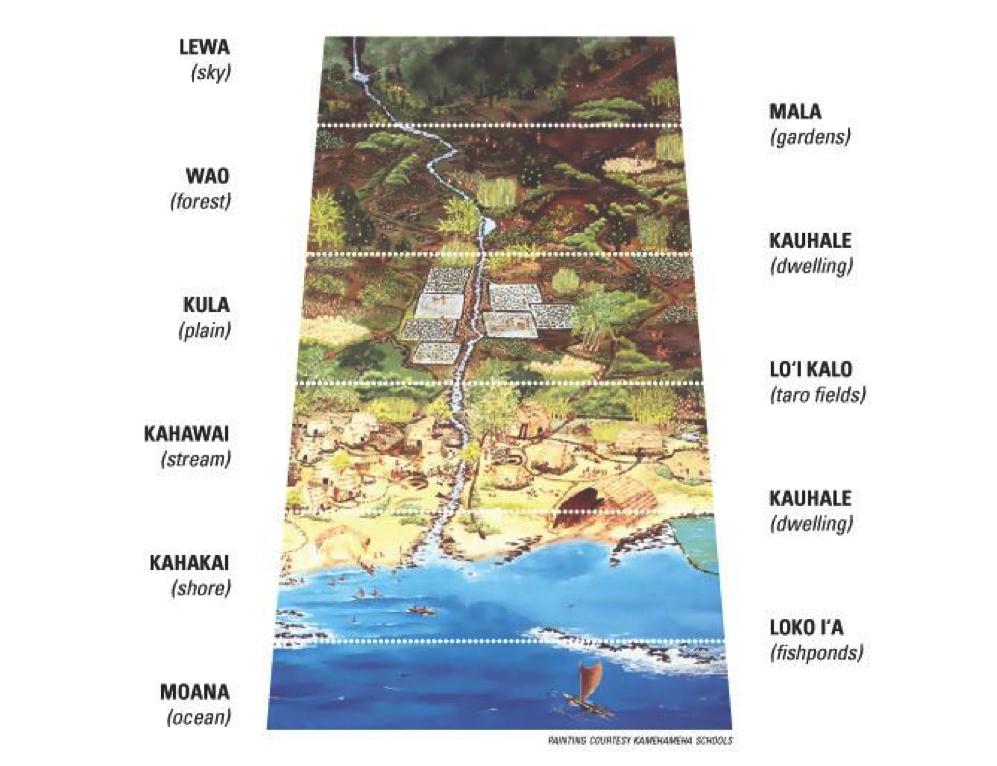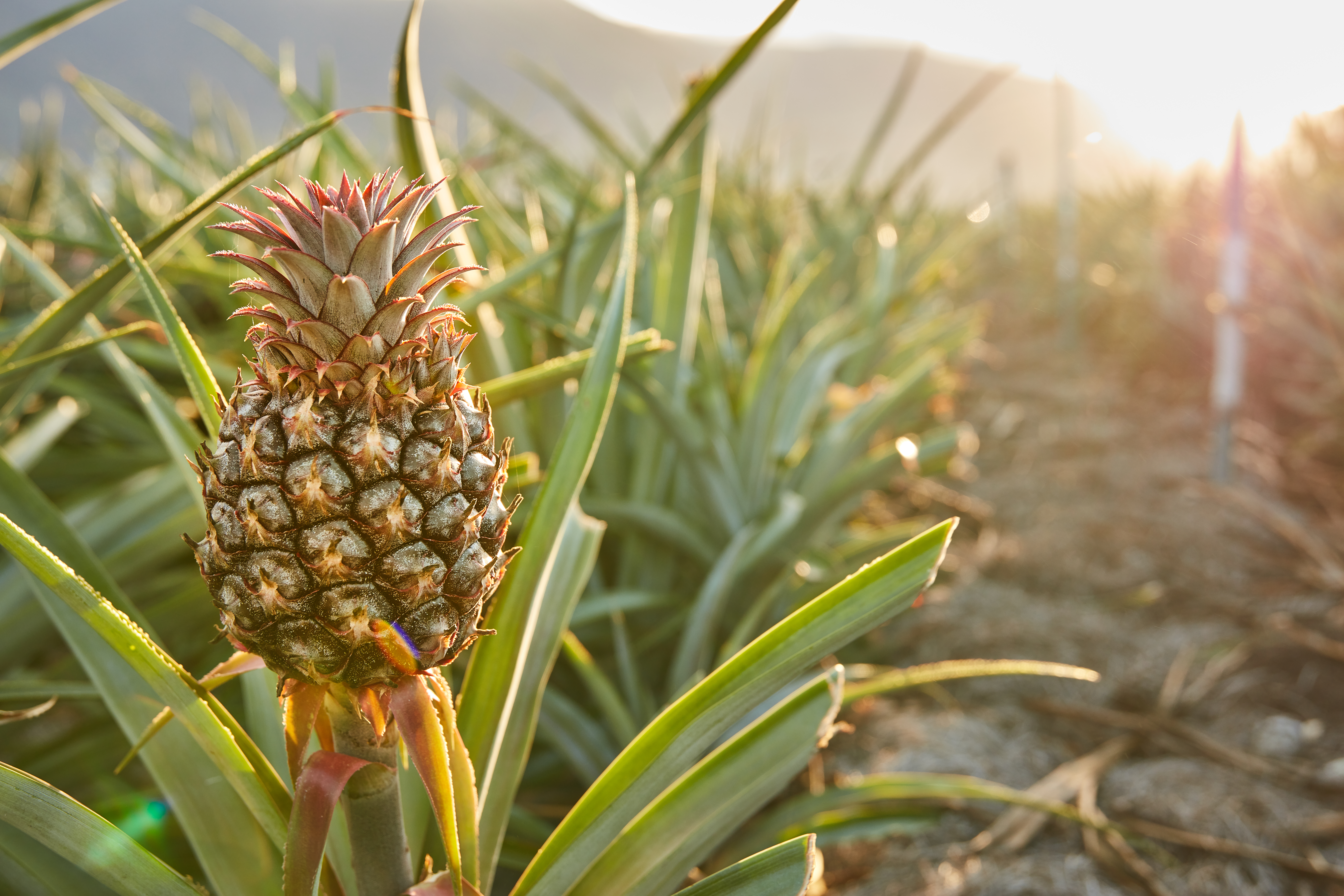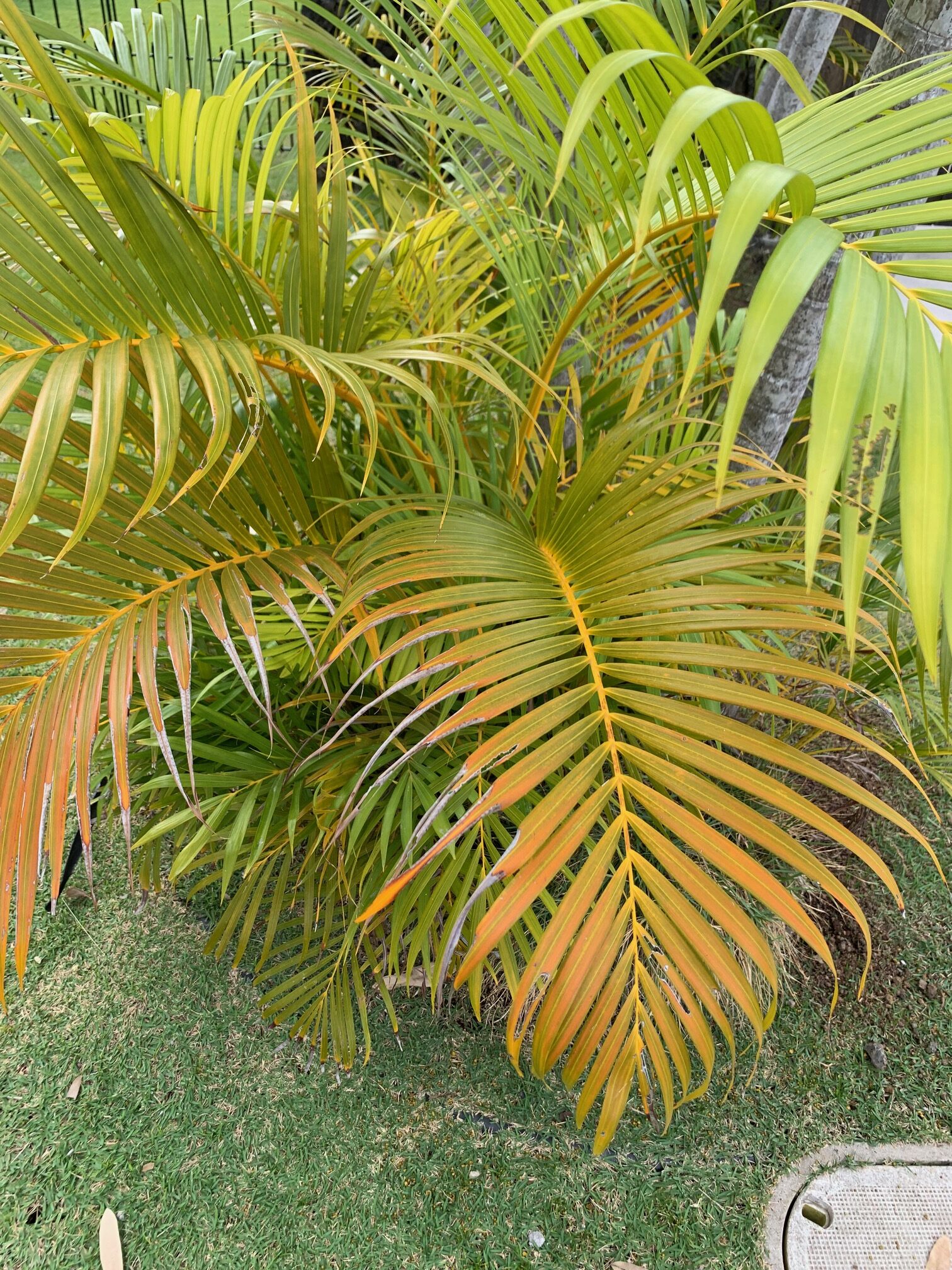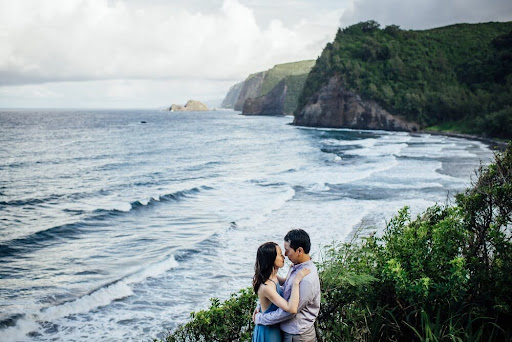Introduction to Ahupuaʻa
The concept of Ahupuaʻa is fundamental to understanding the people of Hawaii’s traditional approach to land management and resource distribution. An Ahupuaʻa is a distinct land division system used by Native Hawaiians, reflecting a deep connection to the natural environment. Each Ahupuaʻa typically extended from the mountains (mauka) to the sea (makai), encompassing a range of ecological zones and resources.
Historical Background of Ahupuaʻa
The Ahupuaʻa system dates back to ancient Hawaii, where it was utilized as a sustainable method of managing land and resources. The division was essential for ensuring that communities had access to the diverse resources needed for survival, including fresh water, fertile soil, and fishing areas. Chiefs (aliʻi) and land managers (konohiki) oversaw the administration of these lands, ensuring that resources were used efficiently and sustainably.
Structure and Function of Ahupuaʻa
Geographic Layout
Ahupuaʻa were typically wedge-shaped, starting from a narrow point in the uplands and widening as they reached the ocean. This structure allowed for the integration of various ecosystems within a single land division, promoting biodiversity and resource availability.
Resource Management
The Ahupuaʻa system was ingeniously designed to maximize resource use. Key components included:
- Mauka (Mountain) Region: Source of fresh water and forest resources. Aquifers and streams originating in the mountains were crucial for irrigation and drinking water.
- Wao (Midland) Region: Agricultural lands where taro (kalo) and other crops were cultivated. The loʻi (irrigated terraces) were a prominent feature of this region.
- Makai (Ocean) Region: Coastal and marine areas used for fishing and salt production. Fishponds (loko iʻa) were constructed to sustainably harvest fish.
Social and Cultural Importance
Community and Leadership
The Ahupuaʻa system fostered a strong sense of community and responsibility. Each division was managed by a konohiki, who was responsible for regulating resource use and resolving disputes. The konohiki reported to the aliʻi, ensuring that the needs of the community were balanced with the preservation of resources.
Spiritual Significance
The land and its resources held profound spiritual significance for the people of Hawaii. The concept of mālama ʻāina (caring for the land) was central to their worldview. This stewardship was believed to maintain harmony between humans, nature, and the gods.
Modern Implications of Ahupuaʻa
Environmental Sustainability
The principles underlying the Ahupuaʻa system remain relevant today, particularly in discussions about sustainable land management and environmental conservation. The integration of ecological zones and the emphasis on resource sustainability offer valuable lessons for modern practices.
Cultural Revival and Education
Efforts to revive traditional Hawaiian practices often involve educating younger generations about the Ahupuaʻa system. Schools and community programs increasingly incorporate these teachings, fostering a renewed appreciation for indigenous knowledge and environmental stewardship.
Conclusion
The Ahupuaʻa system represents a sophisticated and sustainable approach to land and resource management, deeply rooted in Hawaiian culture and spirituality. Understanding its historical context, structure, and modern implications can provide valuable insights into sustainable practices and cultural preservation.
FAQs
What is an Ahupuaʻa? An Ahupuaʻa is a traditional Hawaiian land division that extends from the mountains to the sea, encompassing various ecosystems and resources.
How did the Ahupuaʻa system contribute to sustainability? The Ahupuaʻa system promoted sustainability through efficient resource management, self-sufficiency, and community-based living, ensuring long-term ecological balance.
What role did spirituality play in the Ahupuaʻa system? Spirituality was central to the Ahupuaʻa system, with natural resources considered sacred and their use governed by religious practices and respect for the environment.
How is the Ahupuaʻa system relevant today? The Ahupuaʻa system is relevant today as it offers valuable insights into sustainable living and resource management, influencing modern environmental and land management practices.What are some modern challenges to the Ahupuaʻa system? Modern challenges to the Ahupuaʻa system include urbanization, climate change, and the loss of traditional knowledge. Addressing these requires innovative solutions and community involvement.









